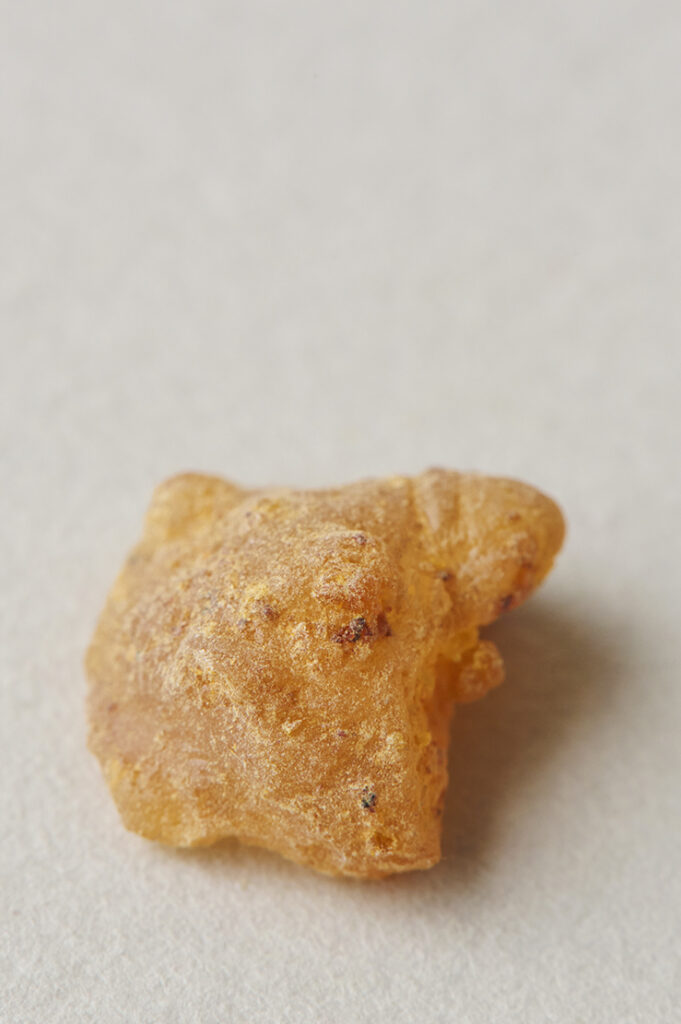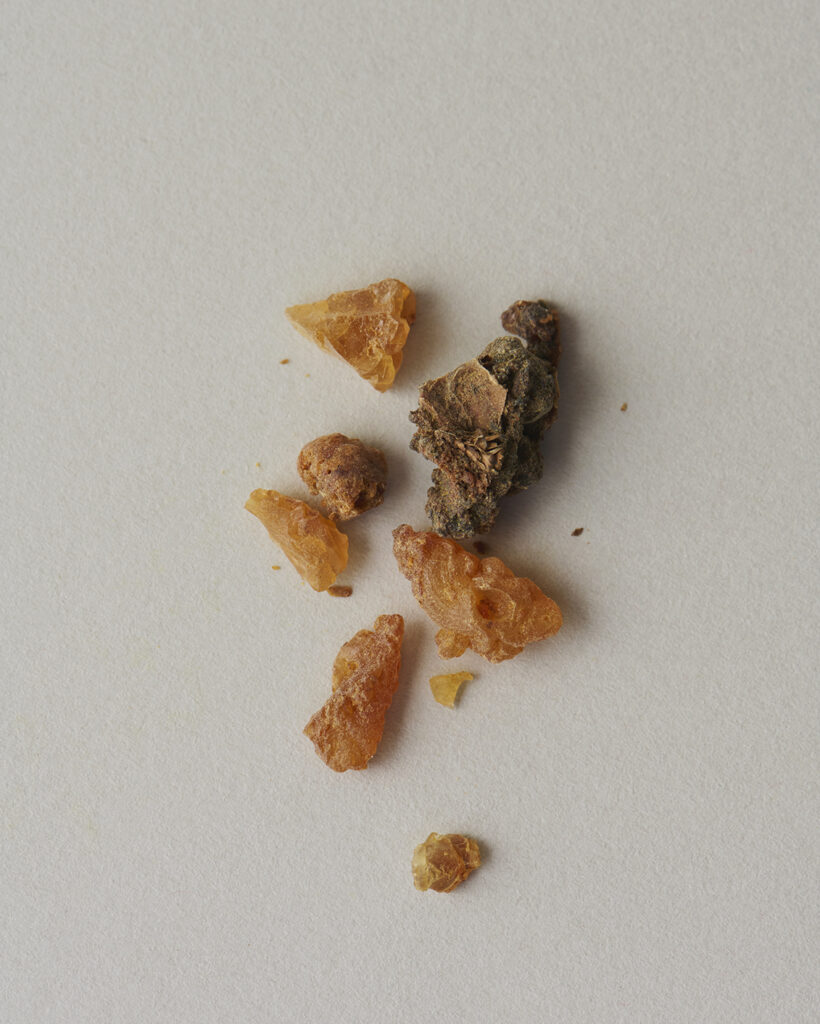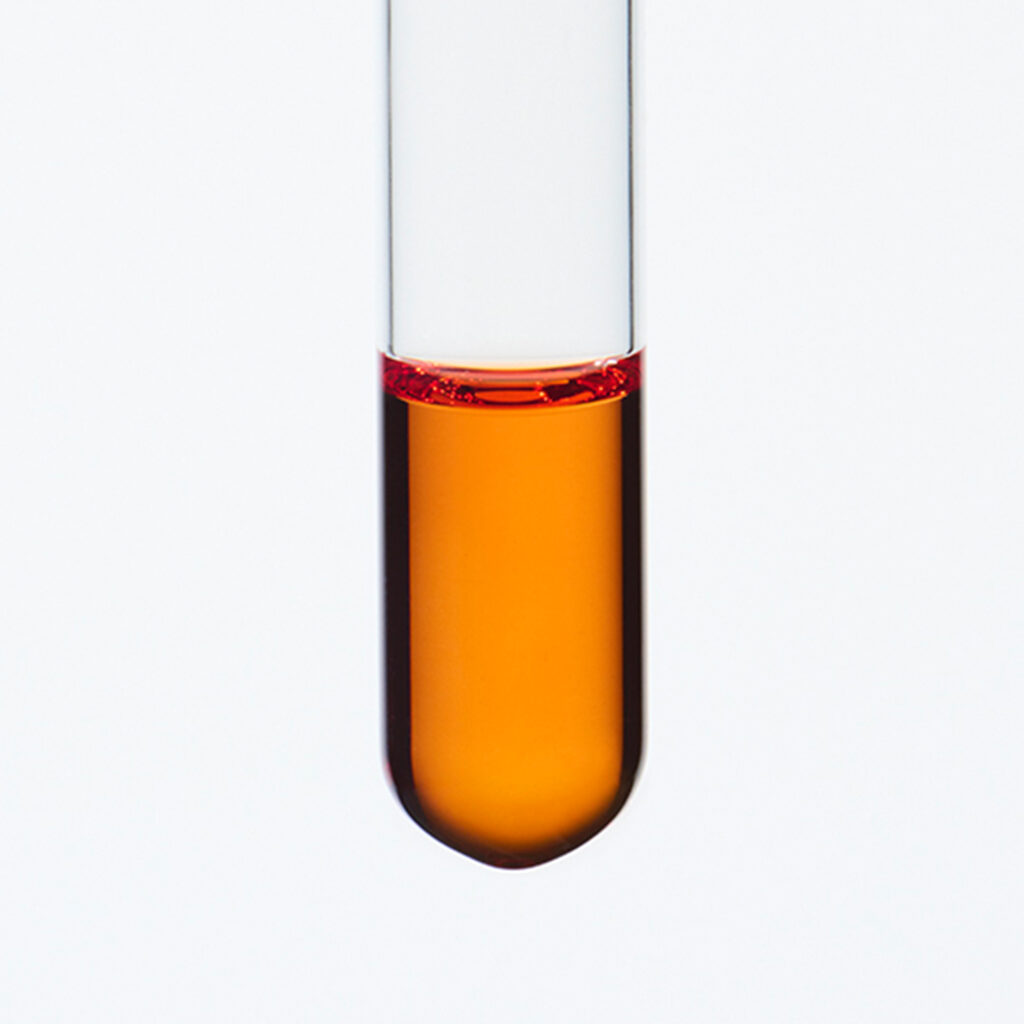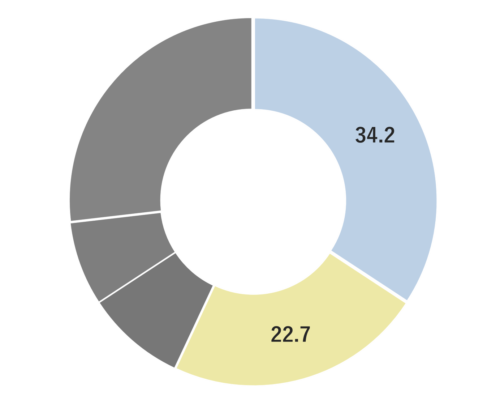Myrrha is a small shrub with sharp spines in Burseraceae family that grows up to 4 meters. Thriving in arid regions, it features a robust trunk with surface bark ranging from white to light green. When its bark is damaged, it releases a thick yellow resin . Initially yellow, this resin transforms into a reddish-orange hue and hardens when exposed to air to prevent moisture loss. Myrrha is an exceptionally slow-growing plant, requiring centuries before its resin can be harvested. Myrrha boasts a rich historical legacy as a perfume, with references in Greek mythology, the New Testament, the Book of Exodus, and numerous legends. In ancient Egypt, it was prized for its anti-aging and skin-nurturing properties, used both for embalming mummies and contributing to the origin of the term “mummy.” Today, Myrrha can be found primarily in Northeast Africa, including regions such as Sudan, Oman, Ethiopia, and Somalia.



